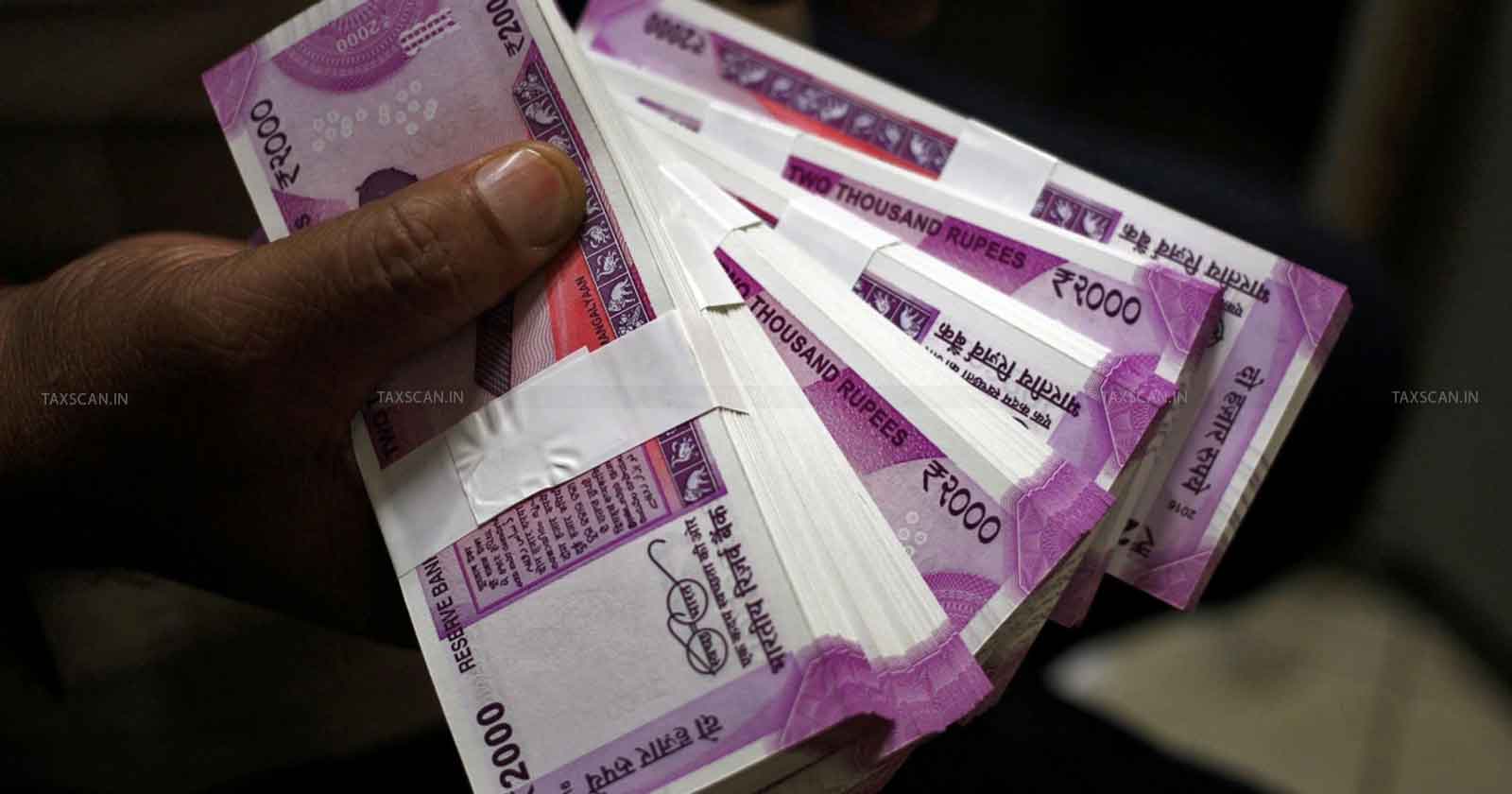Confused with 2000 Rupee notes lying around for Return? Here's All You Need to Know
As of November 29, 2024, only ₹6,839 crore worth of these notes remain with the public

Here’s How You Can Return 2000 Rupee Notes Now
Here’s How You Can Return 2000 Rupee Notes Now
In a recent report, Rediff has revealed that 98.08% of ₹2,000 Banknotes have returned to Banks, according to sources from the Reserve Bank of India (RBI).
The ₹2,000 banknotes were introduced in November 2016 to address currency shortages following the demonetisation of ₹500 and ₹1,000 notes. However, on May 19, 2023, the RBI declared the withdrawal of ₹2,000 banknotes from circulation, encouraging individuals and entities to return them to the banking system. At the time of the announcement, ₹2,000 banknotes worth ₹3.56 lakh crore were in circulation.
Become PF & ESIC Pro: Basic to Advance Course - Enroll Today
Since then, the total value of ₹2,000 notes in circulation has seen a drastic decline, with 98.08% of them returned by the end of November 2024. The RBI, in its statement, confirmed that the banking system had absorbed the majority of these notes, leaving only a small fraction still held by the public.
How to Return Rs. 2000 Notes? Know Here
To facilitate the return of these banknotes, the RBI allowed individuals to deposit or exchange ₹2,000 notes at bank branches across the country until October 7, 2023. After this period, the facility for deposit and exchange was restricted to the RBI’s 19 issue offices, starting October 9, 2023.
These RBI issue offices are located in these cities: Ahmedabad, Bengaluru, Belapur, Bhopal, Bhubaneswar, Chandigarh, Chennai, Guwahati, Hyderabad, Jaipur, Jammu, Kanpur, Kolkata, Lucknow, Mumbai, Nagpur, New Delhi, Patna, and Thiruvananthapuram.
Postal Option
In addition to in-person deposits and exchanges, the RBI provided an option to send ₹2,000 banknotes via India Post from any post office in the country to any of its 19 issue offices for credit to bank accounts. This arrangement offered a convenient solution for individuals unable to visit RBI offices directly.
Legal Tender Status
The RBI reiterated that ₹2,000 banknotes continue to be legal tender, ensuring that they retain their value for transactions. However, the banking regulator has been clear in its push to phase out these high-denomination notes from active use in the economy.
Read More: Income Tax Case Digest on Demonetization and Deposits
The ₹2,000 note was introduced in November 2016 in the wake of the demonetisation drive aimed at curbing black money, counterfeit currency, and corruption.
Read More: Demonetisation | Taxscan | Simplifying Tax Laws
The sudden withdrawal of ₹500 and ₹1,000 banknotes had caused significant disruption in cash availability, prompting the RBI to release ₹2,000 notes as a stopgap measure to replenish the cash supply quickly.
Become PF & ESIC Pro: Basic to Advance Course - Enroll Today
However, over time, the RBI identified challenges associated with the ₹2,000 denomination. These high-value notes were reportedly being used for hoarding and illicit activities rather than facilitating daily transactions. Consequently, the decision to withdraw them was seen as part of broader efforts to streamline the currency system and curb misuse.
The active participation of the public in returning ₹2,000 notes has played a major role in achieving this high rate of compliance. Banks across the country cooperated to manage the influx of deposits and exchanges efficiently during the initial months. Additionally, the continued availability of facilities at RBI offices and the innovative use of India Post for sending notes ensured accessibility for people in remote areas.
Become PF & ESIC Pro: Basic to Advance Course - Enroll Today
With about ₹6,839 crore worth of ₹2,000 notes still in public hands, the denomination is nearing complete withdrawal. The decision to retain the legal tender status of the note provides relief for individuals who may still hold these notes, allowing them to deposit or use them at their convenience.
The withdrawal of ₹2,000 banknotes marks a significant step in the evolution of India’s monetary policy and currency management. With over 98% of the notes returned to the banking system, the exercise has largely achieved its objectives, with the proper implementation by the former RBI Governor Shaktikanta Das.
The remaining steps involve ensuring that the residual notes are either deposited or exchanged, for a conclusion of this process without any rough edges.
Support our journalism by subscribing to Taxscan premium. Follow us on Telegram for quick updates


